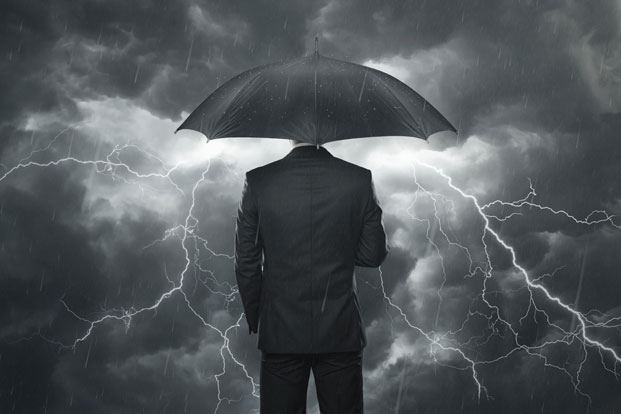Lightning has fascinated mankind since the first humans emerged from the primordial ooze. It was believed to be a finger of God, reaching out of the sky and often playing havoc with the surrounding landscape, causing fires, loud noises and usually angry storms.
Today, we know that the lightning strikes are not caused by angry gods but happen because of atmospheric conditions. However, that understanding has not led to a perfect accommodation with lightning – in the United States, more than 400 people each year are struck by lightning, resulting in about 60 deaths and hundreds of permanent neurological disabilities.
These accidents didn’t have to happen, and most could have been avoided easily with a few precautions. Lightning safety boils down to a simple premise, offered by the National Oceanic and Atmospheric Administration, a United States government organization: “When thunder roars, get indoors.”
That simple message underlines that there is no safe place in the outdoors during a thunderstorm. Many lightning strike victims claim that they were caught outdoors and couldn’t get to shelter. That usually means they waited too long to get to a safe place or went back outside before it was safe.
The National Weather Service estimates there are 25 million cloud-to-ground lightning flashes each year in the United States. The NWS does not issue warnings about lightning storms, but they do issue severe thunderstorm warnings.
When thunder is present, people may be in danger. It takes only a few minutes for lightning to strike – as far as 10 miles from any significant rainfall. It is not unusual for lightning to strike ahead of storms or after storms seem to have passed. A good rule of thumb: If thunder can be heard, then danger is present, even if the skies are blue in the immediate area.
No Safety Guarantee
Being inside a home or vehicle is no absolute guarantee of safety. Using electrical equipment or a corded phone can make a lightning target, and being in contact with anything metal – plumbing, a metal window frame or door – can make you a conductor of electricity.
If you plan to be outdoors for any length of time, it’s best to check the weather report to see if any thunderstorms are forecast. If you can’t postpone activities or trips, then make sure there is adequate shelter easily reachable when problems arise. That means an enclosed shelter in a home, office, store or hard-top vehicle with windows.
If you are trapped outdoors in an area where reaching shelter is impossible – say, a golf course or a beach area far from shelter – make yourself less of a target. Crouch into a ball position, tucking your feet and knees together and putting your head down with hands covering your ears. It is important not to lie on the ground, as lighting strikes can send electric currents along the ground that can reach deadly levels as far as 100 feet away. By crouching, you reduce your target and are minimally in contact with the ground.
People in a group should stay separated from each other. This will reduce the number of injuries if lightning strikes.
Bad Shelter Choices
If you are trapped outdoors in a thunderstorm, an open vehicle like a golf cart, motorcycle or convertible is not good shelter. Porches, sheds, tents, baseball dugouts, gazebos and sports arenas are not good shelter choices and do not protect from lightning strikes. Certainly, being on a golf course, beach, in a park, playground, near a lake, swimming pool or other outdoor area, means shelter should be sought immediately.
While there is thunder, don’t use any electrical equipment or take a shower or bath, since pipes can conduct electricity.
Planning Ahead
When planning an outdoor event, it’s a good idea to have a lightning safety plan in place. Know where to go and how long it will take to get there, and make sure the capacity of the shelter is sufficient to accommodate the number of people in your group plus others. If, for example, everyone in the park heads to one clubhouse, there may not be enough room by the time you arrive to accommodate everyone.
If It Strikes
If a lightning strike does occur, the victim will need urgent medical attention. It is safe to approach victims and touch them — those struck by lightning are not being electrocuted – the charge has already passed through the body.
The human body is a good electricity conductor, which allows current to pass easily through it, often with deadly results and severe internal damage to the heart, muscles or brain. Cardiac arrest and severe burns are the likely results of a lightning strike. While awaiting professional medical assistance, start to administer cardio-pulmonary resuscitation if the person is unresponsive or stops breathing. A defibrillator can be used to jump-start the heart.
And if the storm is still raging, it is imperative to move the victim to a safer place. Lightning can strike twice in the same area.
A portable, battery-powered NOAA Weather Radio can issue tone alerts when thunderstorms and other weather conditions are imminent. This is particularly useful for thunderstorm alerts.
A few precautions and planning are the best hedges against lightning. The chances of being struck are slim. Decrease the odds further by paying attention to the potential hazards and being alert to your surroundings.

Leave a Reply